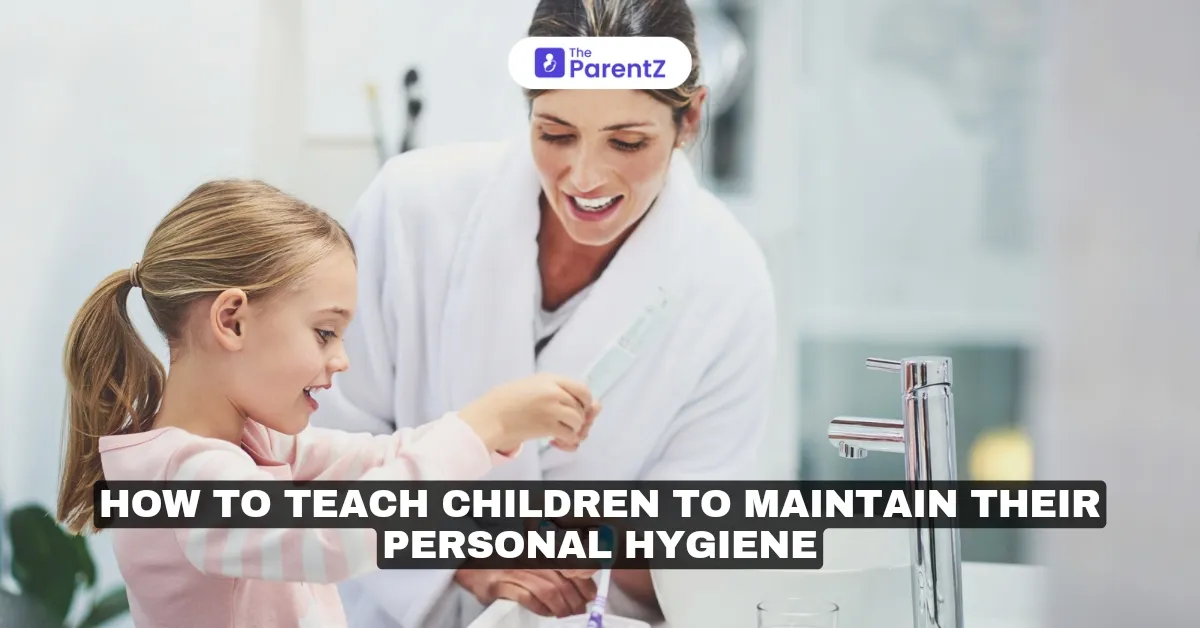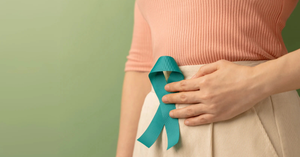As children grow, teaching them good personal hygiene becomes essential for their health and well-being. Good hygiene habits can prevent illness, boost self-confidence, and form the foundation for a healthy lifestyle. But teaching personal hygiene requires more than just instructions; it takes patience, encouragement, and consistency. This guide provides parents with effective tips on teaching children about personal hygiene, empowering them to adopt habits that will benefit them for life.
Effective tips on teaching children about personal hygiene
1. Start with Handwashing
Handwashing is one of the most critical hygiene habits for children. It helps prevent the spread of germs and protects against illnesses like colds, flu, and stomach bugs.
• How to Teach It: Show your child the proper handwashing steps: wet, lather with soap, scrub for at least 20 seconds (or sing the “Happy Birthday” song twice), rinse, and dry. Explain when to wash hands, such as before meals, after using the bathroom, and after playing outside.
• Tip: Make handwashing fun by using colorful soaps or a handwashing song. Some parents find success using a reward system for younger children to reinforce the habit.
2. Oral Hygiene
Oral hygiene is crucial for preventing cavities, gum disease, and other oral health problems. Teaching children to brush and floss early can set them up for a lifetime of healthy smiles.
• How to Teach It: Demonstrate proper brushing techniques, including using a pea-sized amount of toothpaste, brushing for two minutes, and making sure to brush all tooth surfaces. Show them how to use floss and explain that brushing alone isn’t enough to keep their mouth clean.
• Tip: Use a kid-friendly toothbrush with their favorite character and flavored toothpaste to make brushing enjoyable. Consider setting up a brushing schedule, such as morning and bedtime, to create consistency.
3. Bathing and Showering
As children get older, regular bathing or showering is essential to remove dirt, sweat, and oils from their skin, especially after physical activities.
• How to Teach It: Encourage a routine where they bathe or shower daily, paying attention to washing their face, underarms, and other areas prone to sweating. Teach them to use mild soap and show them the importance of rinsing thoroughly.
• Tip: Use child-safe shampoos and body washes in fun scents to make the experience pleasant. As they grow, gradually give them more independence while reminding them of the key steps to stay clean.
4. Nail Care
Keeping nails trimmed and clean helps prevent the spread of germs, particularly when children often use their hands to eat or play.
• How to Teach It: Explain the importance of keeping nails short and clean. Show them how to wash their hands properly under the nails. Use nail clippers to trim their nails weekly.
• Tip: Use a gentle approach and don’t rush the process, as nail trimming can sometimes make children anxious. For younger kids, you can clip nails while telling a story or singing to help them relax.
5. Coughing and Sneezing Etiquette
Teaching children proper coughing and sneezing etiquette is essential for reducing the spread of germs, especially in shared spaces like classrooms.
• How to Teach It: Show your child how to cover their mouth and nose with a tissue when coughing or sneezing. If a tissue isn’t available, they should use the inside of their elbow. Teach them to wash their hands afterward.
• Tip: Demonstrate the “elbow sneeze” and make it a fun action. You can even make it a game to see who can remember to sneeze or cough the right way.
6. Using Deodorant (for Preteens)
As children approach their preteen years, they begin to produce body odor. Introducing deodorant can help them feel fresh and confident.
• How to Teach It: When your child reaches the age where body odor becomes noticeable, discuss the importance of using deodorant. Teach them to apply it after bathing or showering, and explain that it’s part of staying clean and confident.
• Tip: Let them choose a mild, child-safe deodorant. Making them part of the selection process helps them feel involved and more likely to adopt the habit.
7. Wearing Clean Clothes
Wearing clean clothes is essential for maintaining hygiene and feeling fresh. This is especially important for items like socks, underwear, and gym clothes.
• How to Teach It: Explain why it’s essential to wear fresh clothes daily, especially after sweating or sports activities. Teach them to put dirty clothes in a laundry hamper and show them how to fold or store clean clothes.
• Tip: Encourage them to prepare their clothes the night before, so they have fresh, clean clothes ready to wear in the morning.
Conclusion
Teaching children about personal hygiene is an essential part of their development and overall health. By making these routines fun, using positive reinforcement, and leading by example, parents can help children build healthy habits that last a lifetime. With patience and consistency, these small lessons on handwashing, brushing, bathing, and more can empower children to take pride in their cleanliness and well-being, setting them up for a confident and healthy future.









Be the first one to comment on this story.